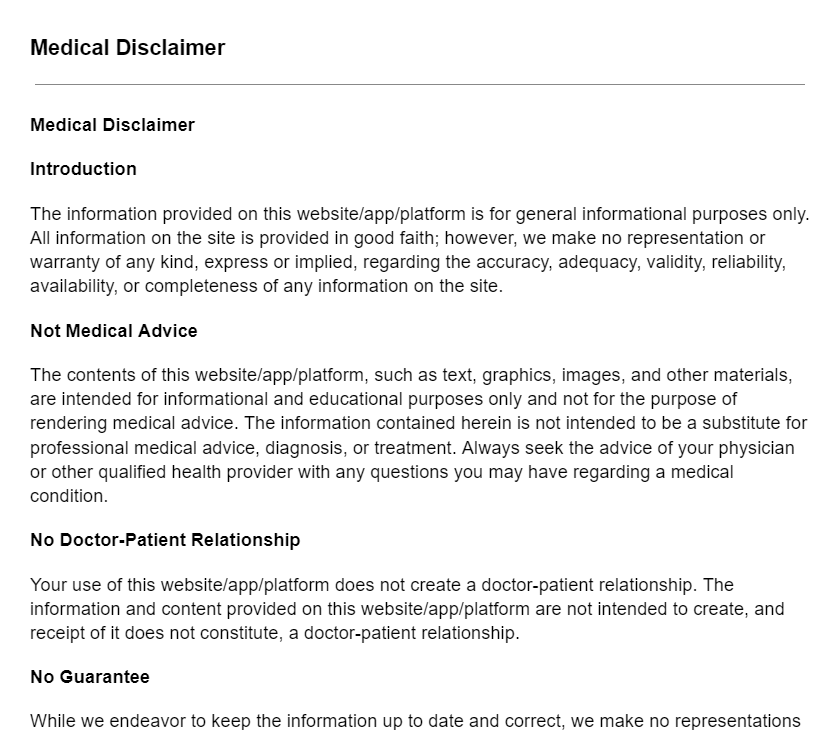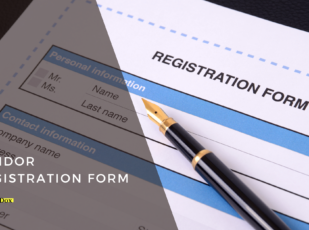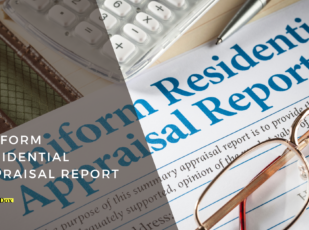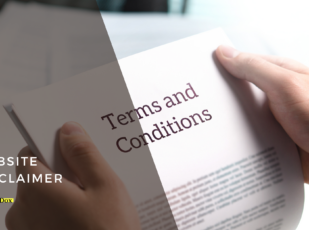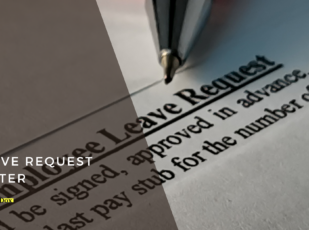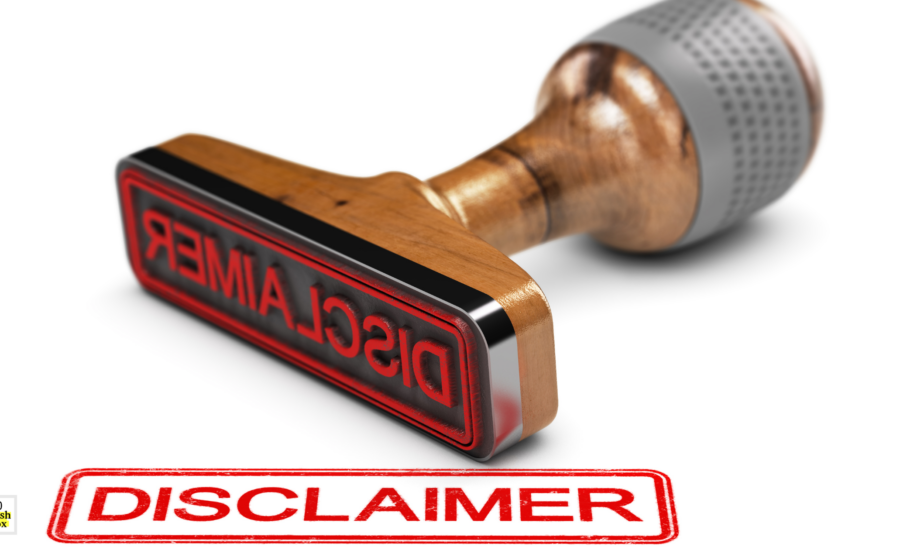
Medical Disclaimer Template
9 Downloads
Corporate, Health and Social
February 17, 2025
Sayantani Dutta
Health information content can easily be misconstrued as medical advice, even when it’s not meant to be. Without a disclaimer, the readers may depend on this content for making decisions for medical treatment, and it may turn out to have adverse consequences.
The inclusion of a medical advice disclaimer denotes that the opinions of the creator are not meant to replace the advice of a practicing physician or qualified health professional. This transparency builds trust and credibility, especially for health blogs and wellness platforms where the audience expects high-quality medical information.
Importance of a Medical Disclaimer
A medical disclaimer protects the rights of content authors, ensures ethical standards related to communication, and guides users with active, responsible choices in matters that directly pertain to their health.
Legal Protection
The medical disclaimer acts as a legal shield defending the content author against liability for sharing medical information. Health-related content is often mistaken for personalized advice. For example, a wellness blog discussing dietary supplements could encourage a reader to use a specific supplement even though it presents no health benefit for their unique situation.
Without a disclaimer that disassociates the information from personalized advice, there is liability for legal claims against the content creator for damages arising from such misunderstandings.
The legal significance of a disclaimer lies in the boundaries it establishes. It distinguishes between information meant for educational purposes and professional consultations. These statements emphasize that the user accepts full responsibility for applying the content to their life. Through the use of a disclaimer, content creators are better positioned to defend themselves against potential legal claims if disputes arise.
Transparency and Ethics in Communication
Transparency is at the core of ethical practices in health communications. A medical disclaimer is a statement to the readers of the limitations of the information provided, emphasizing it as general guidance and not professional advice.
This transparency is particularly relevant in industries where inaccurate or misapplied health information can have significant consequences. By incorporating statements that encourage readers to consult healthcare providers or a licensed physician, disclaimers not only guide users toward safer decision-making but also reinforce trust.
Ethical communication ensures that users are aware of the risks involved in relying on general medical content and draws necessary attention to personal consultations for specific health concerns. For example, a disclaimer could read, “Always seek the advice of a qualified health professional regarding a medical condition before acting upon any of the information provided herein.”
Setting Reader Expectations
Disclaimers are important in establishing the way users perceive and utilize health-related content. Without a disclaimer, readers may mistakenly assume that information found on a health website or blog applies to their unique medical needs.
This is particularly common in the case of people seeking a quick fix for health conditions where general advice may be mistakenly taken as an action plan. By stating that the material is used for informational purposes, a disclaimer shifts the responsibility to the user by noting they should evaluate the content in relation to their personal health.
Statements like, “In no way can this website guarantee completeness or accuracy in its content,” remind the reader that there may be limits to the information in medical contexts and that the information is not a substitute for personalized advice from a health professional.
Usually, disclaimers deal with external links and third-party content. By declaring that the owner is not responsible for the accuracy or applicability of external resources, disclaimers set external boundaries, clarifying the platform’s scope of responsibility.
Ethical Responsibility and Credibility
A disclaimer adds to the credibility of the content creator or organization, as it signals a commitment to safety and ethical communication. A disclaimer reflects that the content developer understands the need to create resources that spur users towards better health decision-making, rather than defaulting to general advice.
This ethical position, over time, strengthens trust with the audience and enhances the platform’s reputation of integrity. For wellness platforms or individual fitness or health influencers, a well-articulated disclaimer is a defense mechanism for the creator and their audience.
Industries Where These Disclaimers are a Requirement
Medical disclaimers are essential for many industries directly or indirectly involved with creating or sharing health information or providing certain wellness products and services. These disclaimers work as legal protections from liability while boosting transparency to readers—or customers—about what they are producing or providing.
Healthcare and Medical Practices
Hospitals, clinics, and private practices are the most prominent users of medical disclaimers. These facilities sometimes provide general information to the public through website content, brochures, or educational materials. A disclaimer clarifies that such content is not intended to replace professional consultations or medical treatment. For example, a website presenting information on symptoms or conditions relating to a medically defined condition must still remind readers that they should consult with a licensed physician for treatment and care.
Supplement and Drug Manufacturers
These disclaimers are usually a precautionary measure to avoid people misusing their products. Labels, advertisements, and website content spell out disclaimers clearly, recommending users consult a healthcare provider before starting a new medication or supplement. These disclaimers also outline possible risks and limitations of the product.
Gyms, Blogs, Fitness Apps, and Personal Training Professionals
Personal trainers, gyms, blogs, and fitness apps often provide workout routines, diets, and wellness tips to their audiences. Disclaimers ensure that users understand these are general recommendations—not personalized medical advice—and that they should seek professional guidance before making major changes to their health routines. By including disclaimers, these entities protect themselves from liability, encourage responsible decision-making, and maintain transparency in their communication.
Key Provisions to Include When Writing the Medical Disclaimer
In writing a medical disclaimer, there are certain provisions involved that make it effective. Each one of them plays a specific role in protecting the owner of the website while helping the readers understand the full responsibility of their decision-making derived from consuming the content, product, or service.
Purpose of the Content
The disclaimer should categorically specify that information is intended for general knowledge only and shall not be treated as a substitute for medical advice or professional consultation. For example, it may read something like this, “The information on this webpage is educational and not meant to replace a qualified health provider’s advice.”
No Warranties or No-Guarantees
A provision should be made that disclaims warranties or guarantees about the accuracy, reliability, and completeness of the content. This provision indicates that medical knowledge is constantly evolving, and the content may not reflect the most up-to-date information. For example, a disclaimer might say, “No warranties are made on the accuracy or use of the content to manage any particular health condition.”
Seek Professional Input
The disclaimer should encourage readers to consult a care provider, licensed physician, or other healthcare professionals regarding personal medical needs, “Always seek the advice of your doctor or a qualified health professional.”
Limitation of Liability
This clause mentions that the owner of the website is not responsible for any kind of injury or adverse results arising from applying the information provided. Statements like, “Your use of this website is at your own risk,” and “We accept no liability for any damages resulting from its use,” can provide essential legal protections.
Doctor-Patient Relationship Disclaimer
This provision helps in managing expectations and reminds readers that personalized care can only be provided through direct consultation with a healthcare professional, “Such information does not create a doctor-patient relationship.”
Scope and Application
The disclaimer should describe the scope of its application, be it for the content on the website, external resources, or external links. In the event that reference is made to third-party content, a disclaimer would need to mention that the website disclaims responsibility for the accuracy and reliability of information from external sources.
Copyright Notice and GDPR Compliance
For a website that targets a larger audience on an international scale, include a copyright notice and note compliance with regulations like the GDPR. These additions protect the intellectual property of the website owner and show adherence to data protection laws.
Medical Emergency Clause
The disclaimer should instruct readers on what to do in case of a medical emergency. For example, it might read, “If you believe you are having a medical emergency, please phone emergency services immediately. This website is not to be utilized for urgent medical care.”
Look at Industry Examples
When crafting a disclaimer, looking at medical disclaimer examples can provide valuable insights into the appropriate language and structure to use.
A template will contain certain statements like, “This health information does not substitute a licensed professional’s advice,” or, “The website cannot be held liable for the consequences of using this web content.”
These examples help in adapting the disclaimer to your particular needs without losing clarity and professionalism. For instance, a pharmaceutical company might want to include more technical language in its disclaimer, while a wellness blog might want language suited to general lifestyle advice.
Use a Template for Your Medical Disclaimer
By clearly stating the limitations of the information, disclaiming warranties, and referring users to healthcare providers, content developers reduce the risk of legal liability and support the responsible use of the materials they produce.
This document should be placed on a disclaimer page or in the footer of the website, to protect the interests of both the content creator and the audience. A medical disclaimer, when implemented appropriately, supports transparency, builds trust, and strengthens the code of ethics for publishing health information online or offline.
Download a Medical Disclaimer Template from FreshDox with a Free 7-Day Trial
Protect your business with our professionally designed medical disclaimer template. Our documents are created by legal professionals and cover all the bases. Enjoy a free trial of a Basic or Premium account and download this template for free in Word or PDF formats. Customize it to your needs and keep your business on the right side of the law. Your free trial of our platform gives you instant access to our library of professionally designed templates for business, browse around and see the value we have on offer.
Related Templates
Discover more templates that align with your needs and preferences.

Ready to Sign Up?
Sign up for FreshDox.com’s 7-day trial and discover why so many individuals and businesses trust us for their legal document template needs.
- Cancel any time
- 7-day free trial
- From 300+ Customer Reviews

